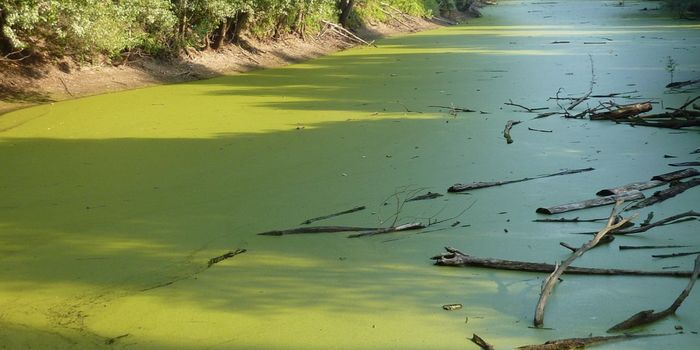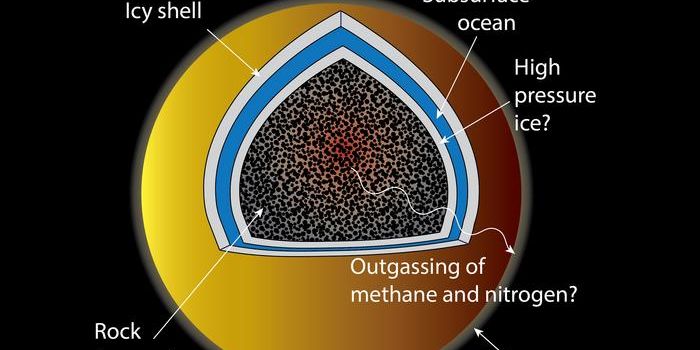Bet you didn't expect to find million-year-old trees in your freezer...
An accidental freezer clean-out has resulted in new insight into the climatic history of Greenland. Let me explain. In 2017, researchers discovered a fifteen-foot-long core of sediment in a forgotten freezer that was drilled in 1966 by the US Army and frozen for the past five decades. Since then, scientists from the University of Vermont have been investigating the secrets hidden in the core. Their most recent explorations have shown the unthinkable: evidence of a vegetated past.
The twigs and leaves that UVM scientist Andrew Christ found blew his mind, because, as he says, it suggests that the mile-deep ice sheet that covers Greenland now was not there in recent (geologically-speaking) history. Instead, he imagines a boreal forest.
"Ice sheets typically pulverize and destroy everything in their path," says Christ, "but what we discovered was delicate plant structures -- perfectly preserved. They're fossils, but they look like they died yesterday. It's a time capsule of what used to live on Greenland that we wouldn't be able to find anywhere else."
Christ worked with Paul Bierman at UVM, along with Joerg Schaefer at Columbia University and Dorthe Dahl-Jensen at the University of Copenhagen on the analysis of the sediment core, which revealed that Greenland must have been ice-free within the last million years, or even as recent as the last few hundred thousand years.
This picture of Greenland’s recent climatic history is helpful in understanding patterns that may help us predict how the current ice sheet will react to human-induced climate change; in other words, it might help us figure out just how quickly the ice sheet will melt and how soon we can expect the consequential sea-level rise of that melting.
"This is not a twenty-generation problem," says Paul Bierman, a geoscientist at UVM in the College of Arts & Sciences, Rubenstein School of Environment & Natural Resources, and fellow in the Gund Institute for Environment. "This is an urgent problem for the next 50 years." The researchers remind us that approximately twenty-something feet of sea-level rise are held within Greenland's ice sheet, which will have very tangible effects on coasts around all of the planet’s landmasses.

"Our study shows that Greenland is much more sensitive to natural climate warming than we used to think -- and we already know that humanity's out-of-control warming of the planet hugely exceeds the natural rate," says Christ. "Greenland may seem far away," adds UVM's Paul Bierman, "but it can quickly melt, pouring enough into the oceans that New York, Miami, Dhaka -- pick your city -- will go underwater." The study was published March 15 in the Proceedings of the National Academy of Sciences.
Sources: PNAS, Science Daily








